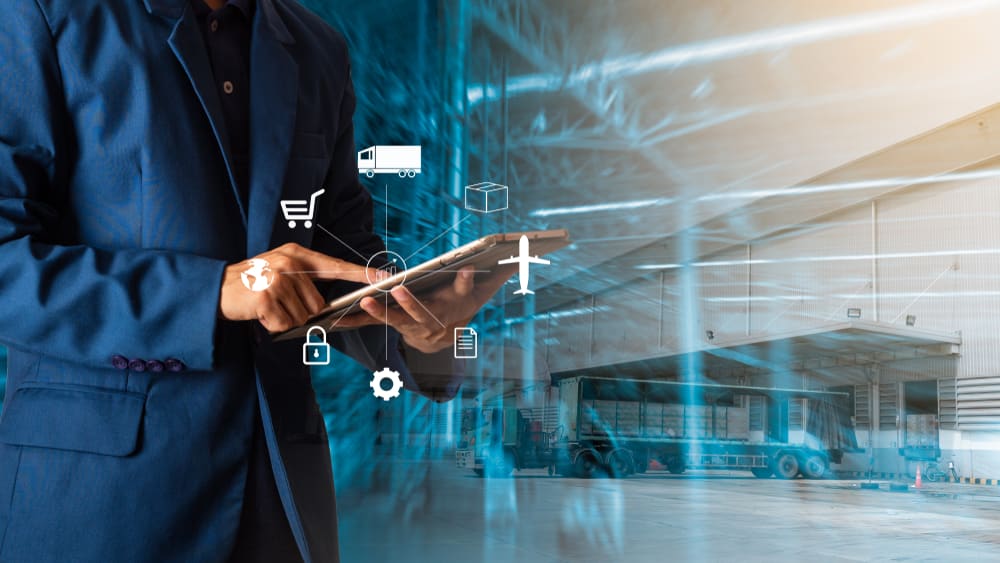Reverse logistics has become one of the most important aspects of a company’s entire supply chain. One of the specific challenges in the reverse logistics process that varies from a forward logistics supply chain is the need to figure out disposition for returned products. Creating efficient disposition channels ensures that reverse logistics doesn’t become too cost-intensive or a drag on the bottom line.
What is Reverse Logistics Disposition?
The simplest definition for reverse logistics disposition is figuring out how to categorize and dispose of returned products. However, it’s not as simple as just throwing out the items. There are multiple disposition channels, and selecting the correct one ensures that you will be able to recoup as many of the costs as possible to avoid a big hit to the bottom line.
Many companies have streamlined the process of forward logistics. There are in-depth analyses of the best processes for removing waste and improving efficiencies in these processes—think Lean manufacturing or Six Sigma—but far less attention has been paid to the processes for getting rid of items that are returned in the sales process.
The Growing Volume of Returns and Challenges it Presents
The National Retail Federation (NRF) released a report in January 2021 with some important information about the state of returns in retail sales. With online sales booming in 2020, the volume of returns also increased to an eye-popping high of $428 billion. About 10.6% of all purchased items were returned, including both online and in-person purchases. That is more than double the volume of returns from 2019.
A very significant challenge that comes with returns is the potential for fraud. Out of all total returns, 5.9% were fraudulent, accounting for more than $25 billion in retail sales according to the NRF report.
Online sales are more likely to be returned. Only about 14 percent of total 2020 retail sales happened online, but returns accounted for almost 25% of total sales ($102 billion). The rate of fraudulent returns for online purchases was also higher at 7.5% of total returns.
Retailers from large companies to small mom-and-pop shops have to figure out what to do with all the returned merchandise. Some items can be easily restocked and resold, either at full price or at a discount. Others cannot be resold because they are out of season, damaged, or defective in some way. Throwing away all of those items isn’t cost-effective or environmentally conscious, so businesses must be able to determine the right distribution channel.
Creating Efficient Distribution Channels for Reverse Logistics
The first step in creating efficient reverse logistics distribution channels is to evaluate your own reverse logistics data and processes, and identify what channels are available. There are multiple ways that companies can dispose of a product after it is returned, including:
Resale
Some items that are returned in new condition can be immediately restocked and resold, either at the full retail price or at a discounted price. The ability to resell an item often depends on two factors:
- First, your team must have a standardized process for examining returned items to determine whether they are in good condition and can be resold, and at what price.
- Second, you must have an efficient way to get those items back to the warehouse and back in your online sales system, or back on store shelves (or both).
With increasingly complex supply chains and distribution channels, companies benefit from having a reverse logistics software platform that can manage returns, inspection, and resale processes.
Refurbishing or Repair
A second option for returned items is to refurbish or repair them. Items under warranty cover may be something you can repair and send back to the consumer. This saves money since you won’t have to replace the damaged item, and it eliminates the need to find a disposal option for the damaged goods.
Not everything is under warranty protection, and some consumers may not want items repaired; instead they may choose to have something replaced. In that situation you can still refurbish items that are repairable and resell them to someone else at a discounted price. It’s more environmentally friendly and economically beneficial than throwing them away and writing them off as a loss.
Return to Vendor (RTV)
Both B2C and B2B companies may be able to return defective items to the original vendor or manufacturer. This allows you to recoup some of the cost of the damaged items and eliminates the need to find another distribution channel. However, many vendors have specific parameters and timeframes in which you must return items, so it’s vital that you have a strategy for tracking RTV merchandise to get it sent back on time and track it to its final destination.
Recycling
Items that cannot be resold, refurbished, repaired, or returned to the vendor may be recyclable. In 2020, returned items just from online shopping created five billion tons of landfill waste—the same environmental impact as three million cards driving for an entire year. Companies that can find ways to recycle some of those returned items can reduce the environmental burden.
Landfill
The final disposition channel option is simply to send items to the landfill. It’s not the ideal situation, since it means writing off the items as a loss and contributing to growing waste in landfills throughout the country, but sometimes it is the only option.
Using Software to Improve Reverse Logistics Disposition Management
While there probably isn’t much that retailers can do to slow the volume of returns, having the right software can help you better manage reverse logistics processes. Companies that streamline reverse logistics with a cloud-based platform like ReverseLogix can reduce the overall financial impact of returns, create a better customer experience, and reduce the environmental impact of returned merchandise as well. Learn more today.
